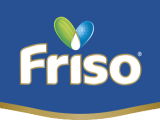
Learn about prebiotics: What it is, its benefits and sources
What are prebiotics
You can rest assured that much of these bacteria are actually beneficial to a person’s health and are known as probiotics. Prebiotics are the lesser-known sibling of probiotics, and are the non-digestible fibres that remain in the small intestine and stomach that helps to feed probiotics, and to help them grow and flourish. There are two types of prebiotics - GOS (from animal origin), or FOS (from plant origin).
Learn about prebiotics

Animal origins(GOS)

Plant origins(FOS)
Role of prebiotics
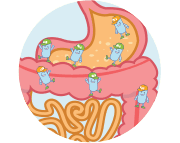
Soluble undigested fibre in the small intestine and stomach

Reaching the colon, it is a food source for beneficial bacteria

Increased beneficial bacteria in the intestine bring many health benefits, especially to the digestive system
Benefits of prebiotics
Eating well and ensuring a good amount of healthy bacteria in your child’s digestive system can make a difference to his well-being. It can help prevent high levels of cholesterol in the blood, cavities, and reduces risks of allergies in children. Additional benefits include:

Providing protection for intestines
Helping to soften stools for constipation prevention.Creating an intestinal protective layer against harmful bacteria.

Strengthening the immune system
Increasing beneficial bacteria to combat harmful bacteria. Stimulating growth of antibodies against attacks from harmful bacteria.
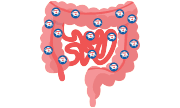
Preventing stomach upsets
Fostering beneficial bacteria (probiotics), and help promote its fermentation in the intestines

Improving absorption of nutrients
Source of prebiotics
Prebiotics are found naturally in mothers’ breast milk and it helps to nourish and stimulate the growth of beneficial probiotics in the gut. This may also help to explain why breastfed babies experience fewer infections. Prebiotics also occur naturally in many foods, and generally, raw foods have more prebiotic fibres than cooked foods, such as:
- Apples
- Asparagus
- Bananas
- Beans
- Bran
- Cabbage
- Garlic
- Leeks
- Legumes
- Onions
- Root Vegetable
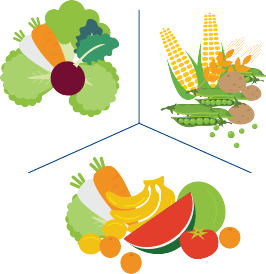
Other good sources include:
- Breast milk
- Almonds
- Chicory
- Whole-grain oats
- Wild yams
- Other dairy products
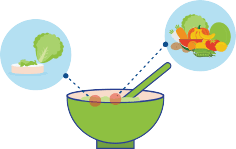
Tip: A cup of cereal/soup should include 1 tablespoon of finely chopped greens and diet fibres to complement both soluble and insoluble fibres.
